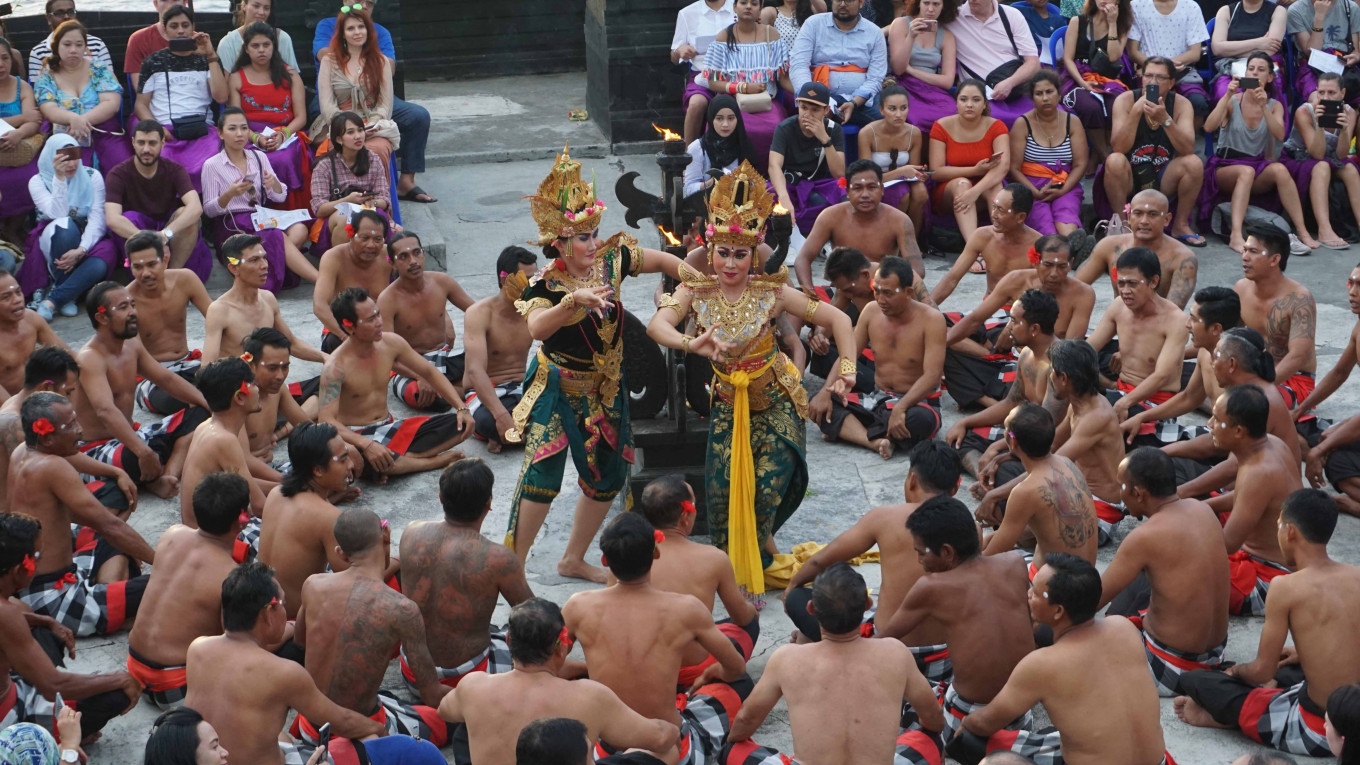Popular Reads
Top Results
Can't find what you're looking for?
View all search resultsPopular Reads
Top Results
Can't find what you're looking for?
View all search resultsHybridization of digital creative economy in ASEAN urgent
While many discussions have centered around the need to lift the barriers, such as skills, capability and infrastructure, the real issue is that many MSMEs in the creative economy sector offer non-digital value propositions.
Change text size
Gift Premium Articles
to Anyone
T
his month, in conjunction with the International Year of Sustainable Development 2021 and the implementation of the ASEAN Comprehensive Recovery Framework (ACRF), the Foreign Ministry and the ASEAN Secretariat conducted the ASEAN Creative Economy Business Forum (ACEBF) panel discussions in Bali.
The hybrid discussions -- a mix of online and in-person participants -- featured prominent speakers from ASEAN countries. They discussed important issues around the policies and enabling environment required for the digitalization of the creative economy sector in the region.
The discussion is timely for two reasons. First, contribution of the creative economy is significant in the ASEAN countries. The digital creative economy constitutes 7 percent of the total gross domestic product of ASEAN countries.
The second is related to the post-COVID-19 recovery. Many actors in the creative economy are micro and small enterprises that have been hit hardest by the pandemic, such as those in the culture and tourism sector. Going digital is the only way to survive the impacts of mobility restrictions.
Therefore, starting to appropriately discuss the policies and ecosystem for digital creative economy is deemed necessary.
Among many highlights that were addressed in the panels, e.g. the need for collaboration and co-creation as well as the responsibility of the government to provide technology infrastructure and capability to use digital technologies, the panel agreed that digital transformation was pivotal for the creative economy sector.
Yet, the digital transformation process is lengthy and resource-intensive. How does the creative economy sector engage in digital transformation process in the most effective and efficient manner? While many discussions have centered around the need to lift the barriers, such as skills, capability and infrastructures, the real issue is that many MSMEs in the creative economy sector offer non-digital value propositions.
The value that is up for grabs in the kecak dance from Bali, for example, can only be appreciated if you are present in front of the dancer, even in rainy seasons. Similarly, the creative mix and tasty culinary traditions from Thailand and Vietnam can only be experienced if you are there in Bangkok and in Ho Chi Minh City.
How to integrate these “traditional” sub-sectors into the digital economy? The answer is hybridization. These sub-sectors need to keep their traditional value proposition, because it makes what they are, yet at the same time they need to be able to manage hybrid presence.
They need to be agile enough in “oscillating” between physical and online presence.
There are at least two hybridization strategies that “traditional” creative economy can embrace.
First, the digitalization of the value chain strategy. Traditional creative economy MSMEs can take advantage of the digitalization of their value chain. For example, they can start utilizing a payment gateway for their transaction processes. They can also use e-commerce platforms to offer their products and services.
Many have started to embrace digitalization, and this is where the government needs to support MSMEs with skills and capabilities. Collaboration and co-creation with the private sector, such as the e-commerce sector, need to be further facilitated.
Second, the digitalization of the value proposition strategy. This is usually more challenging and requires support in business model innovations. The idea is to help MSMEs to embed new digital value propositions alongside their existing offering to the customers.
So, for example, in order to transform their existing business models, kecak dancers from Bali need to start experimenting with the metaverse, to ensure they can provide a digital presence and experience beyond the traditional physical realm. This particular hybridization strategy will help the traditional creative economy to sustain and stay relevant.
All in all, as highlighted in the ASEAN Creative Economy Business Forum panel discussions, it is the enabling environment and ample room for experimentation that is necessary for creative economy MSMEs to adapt and to transform in the digital world.
The responsibility of the government in ASEAN countries is to make this happen as soon as possible.
***
The writer is head of the Center for Innovation, Design, and Entrepreneurship Research, Binus University – International. The views expressed are his own.










